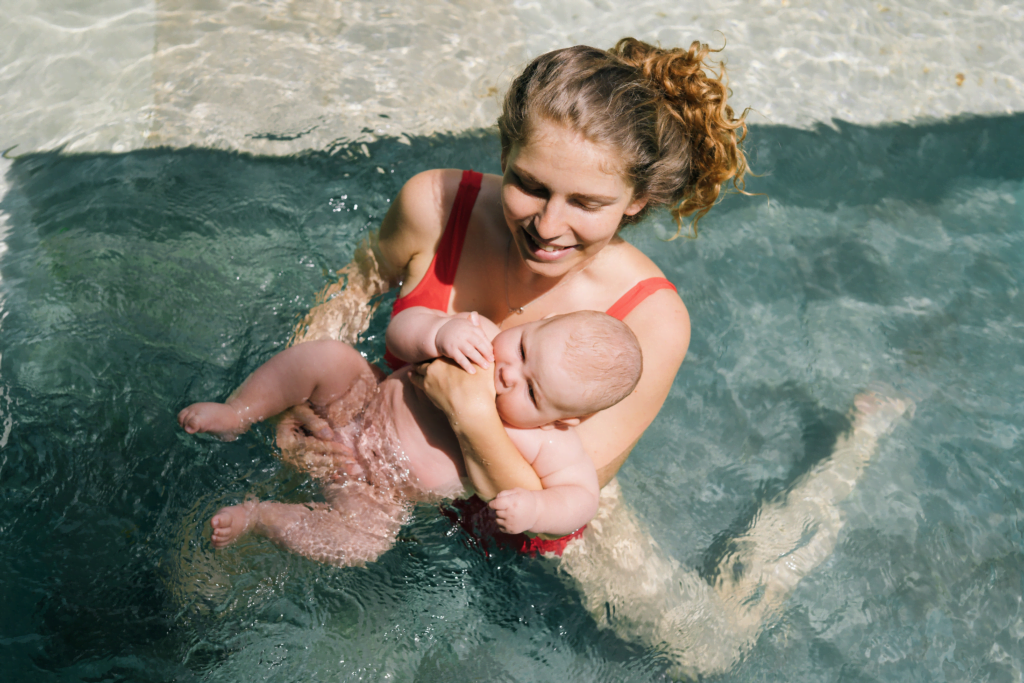Teaching an infant to float and swim early on in their development may result in a number of long-term physical and mental benefits. Additionally, it can instill basic aquatic survival instincts in them, which may prevent them from drowning.

Peter Vanderkaay, a former Team USA Olympic swimmer who won gold at the 2004 Los Angeles Olympics, and his brother, Alex Vanderkaay, a former University of Michigan NCAA champion swimmer, are now instructors at the Big Blue Swim School, which specializes in teaching infants to swim and float.
“There is some value in teaching children who are fearful of water or whose families have not been swimming families that this is a way for them to overcome their fear and reach their full potential,” Peter Vanderkaay told Insider. “Not every child will grow up to be a competitive swimmer and continue swimming in college and beyond.
“However, it teaches them that they can set a goal, overcome adversity, and ultimately conquer it.”
Early swim instruction can significantly reduce a child’s risk of drowning.
According to the Centers for Disease Control and Prevention, drowning is the leading cause of death among children.
Parents can help mitigate this risk by introducing their children to swimming at an early age.
According to a study published in JAMA Pediatrics, taking formal swimming lessons is associated with an 88 percent reduction in the risk of drowning in young children.
Vanderkaay has a two-year-old son, and his decision to introduce him to swimming as an infant was motivated less by a desire to jumpstart his swimming career and more by a desire for peace of mind.
“If they fall into a pool, a lake, or any body of water, the methodology has advanced to the point where you can demonstrate to someone that young how to float and survive in the water,” he explained. “I believe it has improved over time, and with a two-year-old, the sooner I can get him in the pool to develop those safety skills, the better.”
Swimming can help develop young children’s athletic habits.
If you intend to introduce your child to other sports later in life, teaching them to swim early on can benefit their athletic development.
A 2010 study discovered that gentle swimming helped infants develop critical muscle groups. Swimming is a total-body workout that can help children improve their motor skills by strengthening muscles in multiple areas and increasing joint flexibility.
It can help strengthen their hearts and lungs, as well as regulate healthy blood flow, as a cardiovascular workout.
Swimming lessons can help build a child’s confidence and cognitive function.
Swimming requires what are called bilateral cross-patterning movements, which involve the use of both sides of the body to perform an action. These movement patterns have been shown to accelerate a person’s brain development, according to a four-year study conducted by Griffith University in Australia via Healthline. This suggests that infants who swim may advance more quickly in their mental development than those who do not.
Entering a pool also forces infants to quickly adapt in order to stay afloat and confront something for which they are unprepared.
“It instills in them the confidence to succeed,” Vanderkaay explained. “They are capable of comprehending when they achieve a goal or accomplish something in the pool. And that, in and of itself, is a great motivator outside the pool.”

